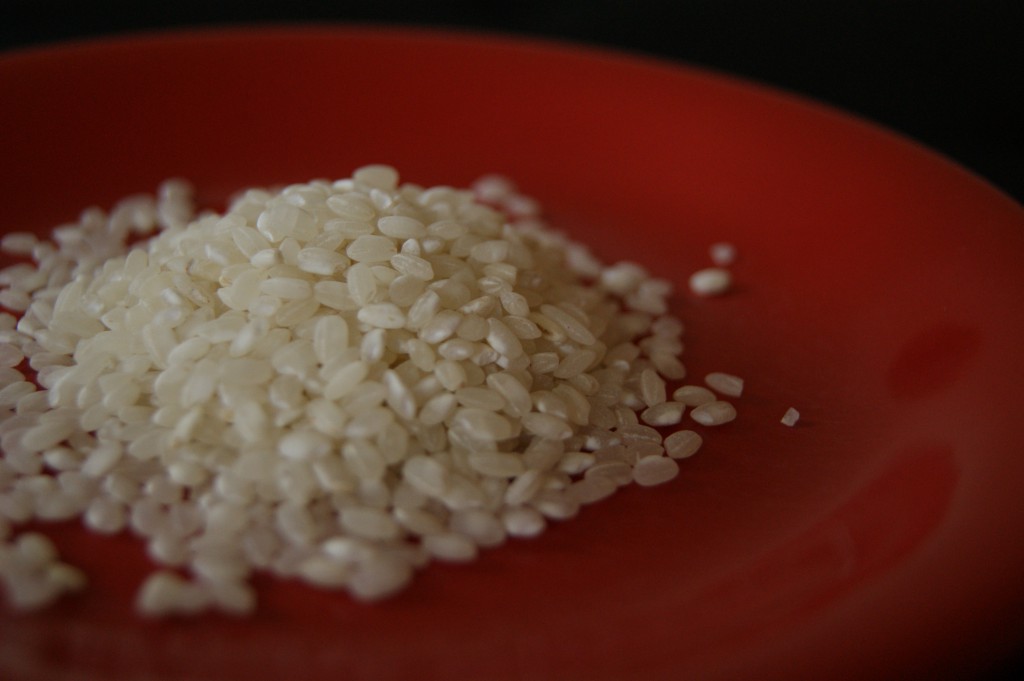Studier har vist at om mat serveres på en rød tallerken så spiser folk mindre, sammenlignet med en blå eller hvit tallerken, og dette skjer uten at de selv er klar over hva som blir undersøkt. Akkurat det samme er vist når det kommer til en leskende drikke; folk drikker mindre fra en rød kopp enn en blå kopp.
Det finnes forøvrig også en rekke andre studier på fargen rød – som kan være relevant for trening, og som jeg vil ta for meg i framtidige studier.
Forskerne konkluderer:
«The present research investigated the role of color on snack food and soft drink intake. Consistent with our hypothesis, subtle red color cues significantly reduced the consumption of soft drinks (Study 1) and salty snacks (Study 2) compared to blue or white color cues.
We argue that red elicits avoidance motivation through its cul- turally learned and biologically embedded associations with dan- ger, prohibition, and stop. It is important to note that red seems to act as a direct cue for consumption control without having an influence on consumption experience. In both studies evaluations of food or beverages were unaffected by color manipulations, indi- cating that red did not reduce the appeal of the consumed food or beverages.
Different from previous research, color was presented in a very subtle, unobtrusive way. Moreover, we tested our predictions not in a sterile lab, but at public places where participants were possi- bly distracted by many factors. In combination, these manipula- tions created situations most closely resembling natural situations of incidental consumption.»
Referanse: http://www.ncbi.nlm.nih.gov/pubmed/22245725




